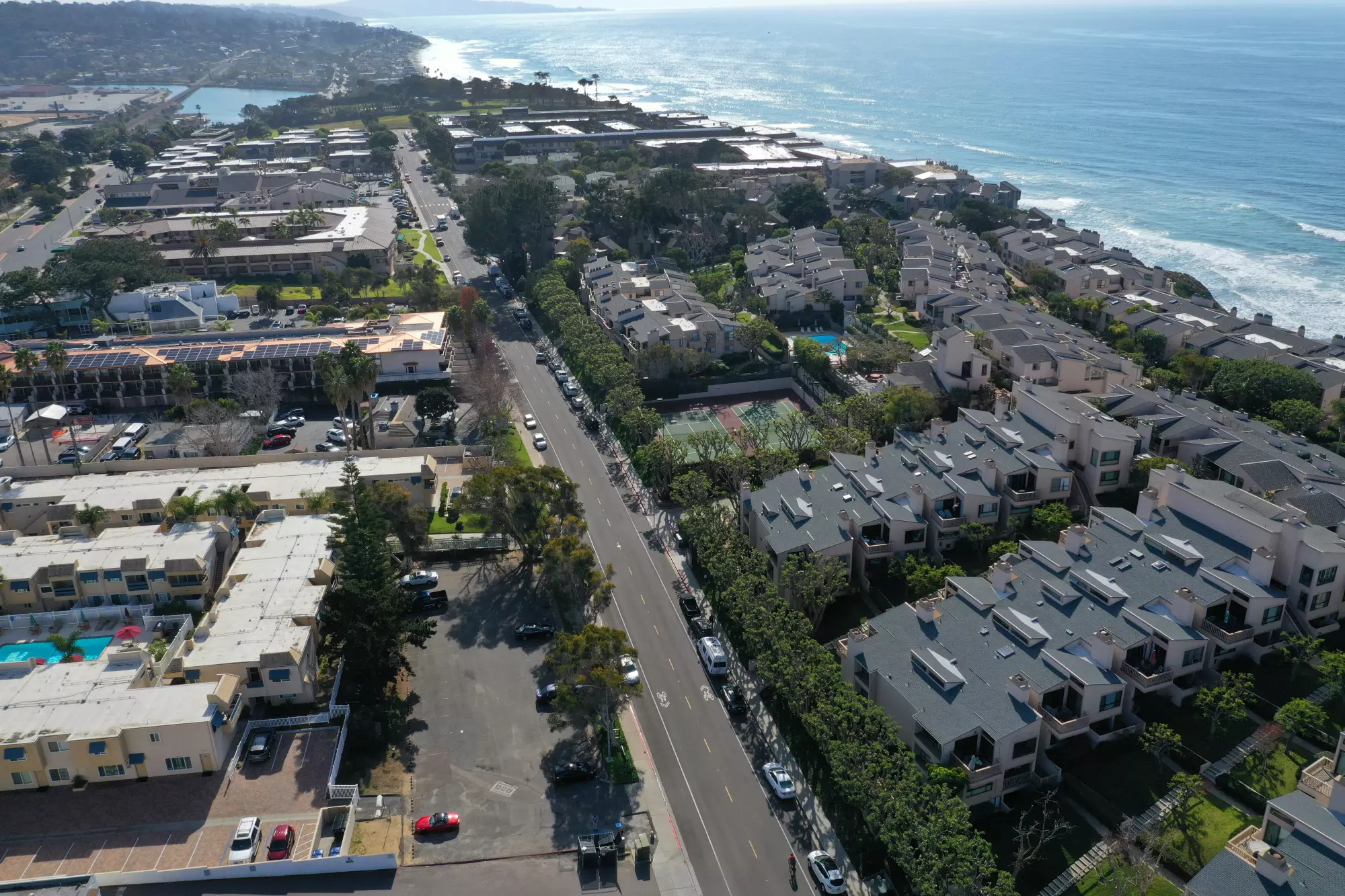I break down the complex reasons why housing is so expensive and explain its effects.

Packed In: Overcrowding in Los Angeles Has Brought Death by Design
Los Angeles Times, October 19, 2022
It’s the cruel paradox at the center of housing in Los Angeles. L.A. is known worldwide as the capital of single-family-home sprawl. Yet for three decades, it has had the most overcrowded housing among large counties in the United States. The COVID-19 pandemic exposed the fatal consequences, with death rates in L.A.’s most overcrowded neighborhoods at least twice as high as in those with ample housing.
It didn’t have to be this way.
The crowded conditions have been a century in the making, with local leaders designing Los Angeles so that these circumstances became inevitable.
My colleagues and I spent more than a year for this series delving into the history of Los Angeles to understand how the region’s repeated disregarding of poor Latino immigrant workers and their families led to widespread overcrowding.
Series page: Packed In: Overcrowded housing in Los Angeles has brought death by design
Stories: L.A.’s love of sprawl made it America’s most overcrowded place. Poor people pay a deadly price; One family’s desperate act to escape overcrowded housing in L.A. and Why it’s so hard to fix housing overcrowding in Los Angeles.
Podcast: How Los Angeles got so overcrowded

Affordable housing can cost $1 million per apartment to build in California
Los Angeles Times, April 9, 2020
California has a deep shortage of available housing, particularly for low-income families. One major challenge to fixing the problem is that it’s more expensive to build affordable housing than anywhere else in the country.
We found one project that cost more than $1 million per apartment to build and showed that decisions made by the state government and cities were the key drivers of why it’s more costly in California than elsewhere. We followed the continued rising price tag, finding more than a half dozen affordable housing projects over $1 million per apartment two years after our initial investigation published.
Stories: Affordable housing can cost $1 million in California and Affordable housing in California now routinely tops $1 million per apartment to build

California lawmakers have tried for 50 years to fix the state’s housing crisis. Here’s why they’ve failed
Los Angeles Times, June 29, 2017
California has some of the least affordable housing in the country — a problem driven by an extreme housing shortage. For decades, a state law aimed at increasing the housing supply has failed because it requires cities and counties to plan for homebuilding without any accountability for actual production.
This story was the first comprehensive look at California’s housing supply law. It revealed local governments’ hatred toward the law — they’ve asked state legislators to count prison beds as low-income housing. It also showed how state lawmakers ignored the law’s weak accountability provisions, instead forcing more onerous and ineffective planning rules onto cities. Later in the year, the governor signed legislation that for the first time forced all cities to provide homebuilding data to the state and implemented penalties for cities where construction lagged growth targets — addressing two key problems highlighted in the story.

California won’t meet its climate change goals without a lot more housing density in its cities
Los Angeles Times, March 6, 2017
California’s ambitious climate change goals often are described in terms of the need for huge numbers of electric cars and solar panels. But this story for the first time described in a comprehensive way how Californians will need to change how and where they live, moving into higher-density cities at a rate not seen since World War II to meet the environmental goals.
Story: California won’t meet its climate change goals without a lot more housing density in its cities